Playdar
I use a lot of music web services but I don't like to invest in this sector. Nonetheless, it's an area that I spend a lot of time thinking about. I've written endlessly on this blog about the music web services I use, why I use them, and where I think the music web is going.
The most interesting music web service to me has been audioscrobbler (aka last.fm). I'm not all that interested in last.fm as a social network, but I am obsessed with it's value as a data asset. I report all my music listens to last.fm via the audioscrobbler technology and it has built a deep data asset on my musical listening habits (and therefore musical taste). Since October 2005, I've recorded 60,168 song listens with audioscrobbler. That's roughly 40 listens per day. Sounds like a lot, right? Well we listen to music all the time in our house and we've had audioscrobbler on our Sonos for the past year or so.
There are a bunch of music web services I use that leverage the power of the audioscrobbler data via the last.fm api. So I show up at a new music web service and it can instantly know what I like to listen to by simply asking me for my last.fm user name and password. It's like magic. I love it.
The developer of audioscrobbler is a guy named Richard Jones (aka RJ) who built it while he was in college. He merged it into last.fm and became the CTO.
Well RJ is back to building interesting new web music stuff and his new thing is called Playdar. And like audioscrobbler, I think this could be a powerful foundational platform technology for the music web.
Playdar is a "music content resolver" platform. You put the Playdar software on all the machines you have with music on them. And then Playdar makes it so that you can play your music via the web whenever and wherever you want. This is not the first effort to do this sort of thing, but it is the first time this has been done as an open source platform.
This is an important distinction. Like audioscrobber was the foundational technology for last.fm and many other music web services, Playdar can and will be the same.
The Playdar ecosystem is just getting going but there are already some interesting demos. I like Toby Padilla's Playgrub which turns web pages into playlists. I also like James Wheare's Playlick which turns last.fm accounts into playlists.
Open platforms and ecosystems are powerful and the music web needs more of them. I am excited to see where Playdar goes. I'll be following it closely and if you are into web music, you should too.
![Reblog this post [with Zemanta]](http://img.zemanta.com/reblog_b.png?x-id=08161bab-7b47-40d4-b278-982d838f71a4)
![Reblog this post [with Zemanta]](http://img.zemanta.com/reblog_b.png?x-id=31a6c68b-c87e-4ad8-821a-1906dfd893ef)

![Reblog this post [with Zemanta]](http://img.zemanta.com/reblog_b.png?x-id=61277d1b-8de7-4eb2-ab54-8064f237c65f)
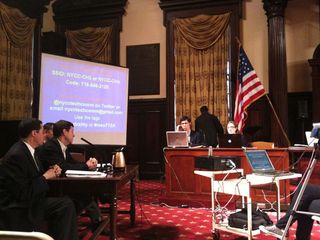
![Reblog this post [with Zemanta]](http://img.zemanta.com/reblog_b.png?x-id=a87d0fab-8f34-475b-a367-69835597636d)

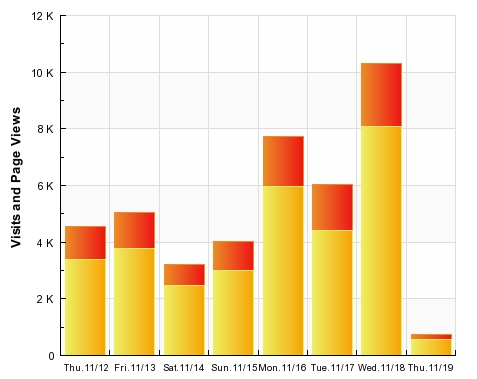
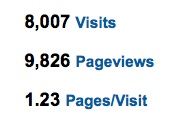
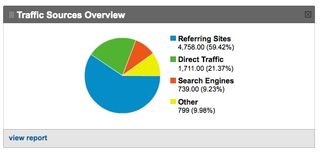
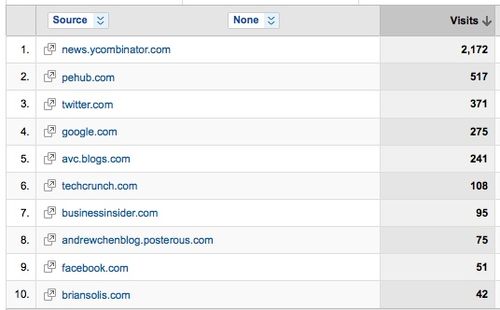
![Reblog this post [with Zemanta]](http://img.zemanta.com/reblog_b.png?x-id=984b7107-db78-4ee1-be54-a74da8f238f9)

![Reblog this post [with Zemanta]](http://img.zemanta.com/reblog_b.png?x-id=d8bbc4b9-9942-45dd-8a2a-83defa85a011)
![Reblog this post [with Zemanta]](http://img.zemanta.com/reblog_b.png?x-id=e72eb0f8-18c4-497f-9d0b-bf4fd0f4f476)
![Reblog this post [with Zemanta]](http://img.zemanta.com/reblog_b.png?x-id=58355193-f96e-44c4-970d-f5eb5095662e)